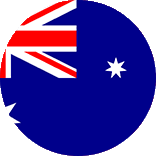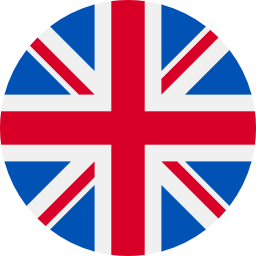 Choose an office
Choose an office
 Choose an office
Choose an office
Home > Our News



After our DNV certification in Germany, a high level technical review of the SOFT-SPOT™ solution has been done by DNV in the United States. Our experience shows that the Soft-Spot solution saves between 5 and 25 percent of foundation concrete, in addition to excavation volume reductions.
| CTE Wind’s SOFT-SPOT™ solution has already proven its merits in over 80 wind projects globally and over 1200 foundations built featuring this optimization solution. In the United States, we are proud to report that a high level technical review by DNV found the design to be “generally consistent with the US wind energy standards.” Furthermore, the review anticipates that “the Soft-Spot™ concept can also be applied to octagonal-shaped shallow depth concrete gravity foundations.” |
Our experience shows that the SOFT-SPOT™ solution saves between 5 and 25 percent of foundation concrete, in addition to excavation volume reductions. These savings represent a significant reduction of the Levelized Cost of Energy as well as reductions of the carbon footprint of wind energy.
If you want to learn more about CTE Wind USA and CTE Winds SOLUTIONS please visite OUR-PROJECTS & OUR-NEWS – sections. For more Information about OUR-SERVICES please CONTACT US.




From 27 to 30 September 2022, Hamburg will become an energy hub for the world. For four days, at WindEnergy Hamburg everything at the trade show site will revolve around generating energy from wind and its exploitation.
CTE Wind partecipates in Hamburg with an own stand.
Leading business and union representatives provided diverse insights into all areas of the industry, with plenty of facts and figures. So as to cover the huge impending need for renewable energies, they highlighted the significance of personal exchange and knowledge transfer on an equal footing between industry, research institutions and policy
Alexander MARTIN CEO of CTE Wind International, along with the country Managers, engineering team and sales representatives of de CTE Wind offices worldwide will attend at the largest renewables conference dedicated to the wind energy market in Europe and all over the world. This is an excellent opportunity for interested companies to meet our sales team, learn more about CTE Wind’s expertise in civil engineering and foundations and discuss future collaborations..
Do not hesitate to contact us to organize a meeting.
See you soon in Hamburg.
If you want to learn more about CTE Wind International you can read more articles about projects and news in OUR-PROJECTS & OUR-NEWS – sections. For more Information about OUR-SERVICES please CONTACT US.
Hamburg, Germany
September 27th to 30th, 2022


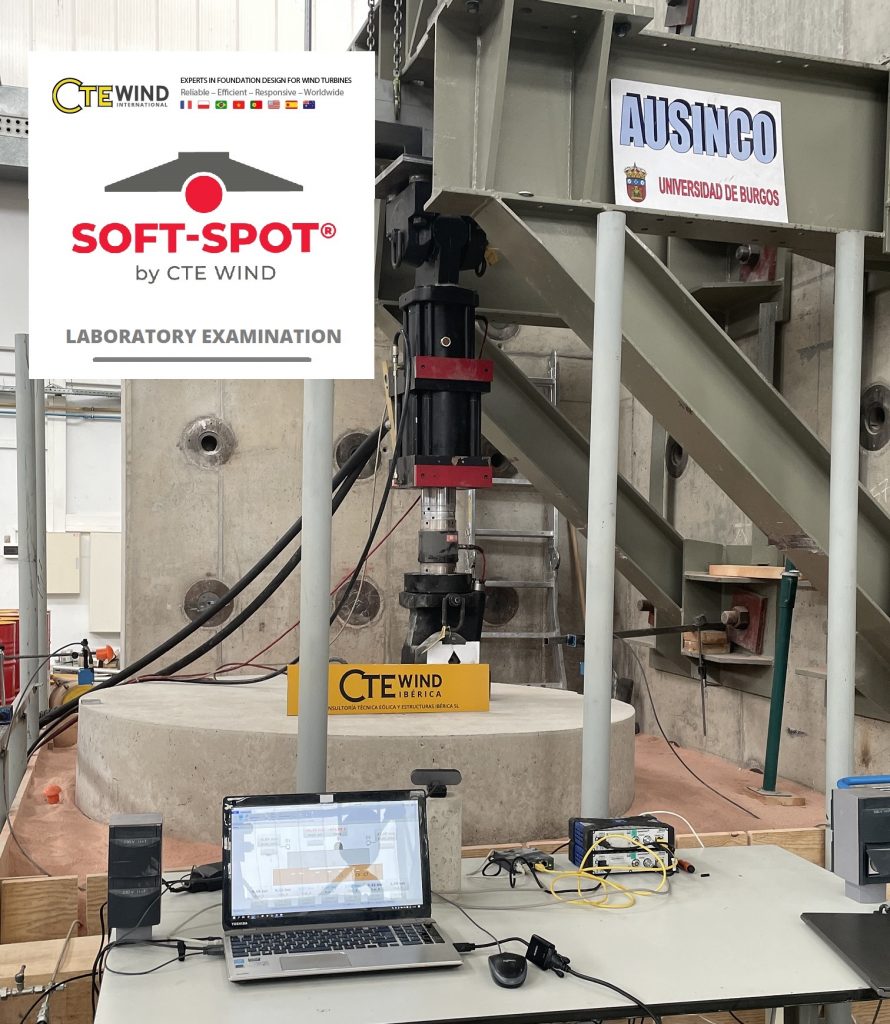
CTE Wind commissioned the Spanish University of Burgos to carry out a series of tests with the Soft-Spot™®. The structural tests are intended to prove once again if and how the resource-saving wind turbine foundation solution for “onshore” wind turbines works.
Burgos (ESP)/La Richardais (FRA) – The University of Burgos was entrusted with testing the patented Soft-Spot™® foundation solution from CTE Wind Civil Engineering for its functioning and safety at the end of 2021. The results of the test campaign, which ended at the end of May, confirmed what had already been demonstrated from many certification bodies worldwide and in various finite element models (FEM): The Soft-Spot™® works and is safe.
The Soft-Spot™® changes the stress distribution on the ground compared to a standard slab foundation. Due to central EPS soft layer, higher soil stresses are applied under the remaining ring.
As a result, a wind turbine with a Soft-Spot™® foundation will gap much later than a foundation without a soft layer, with the same foundation diameter. This increases the stability.

…use the Soft-Spot™® worldwide. The first project with the patented CTE Wind solution has been in place in 2019 in Thailand in a wind farm with 60 turbines. Each turbine has a hub height of 157 meters. Originally, a shallow foundation with 1,192 cubic meters of concrete and a diameter of 27.4 meters was planned.
But the excavation was not allowed to exceed more than 25 meters diagonally. Thanks to the soft layer under the foundation, the diameter could be reduced to 24.5 meters; minus 210 cubic meters of concrete (-18 percent) and 11 tons of reinforcing steel (-9 percent). The certifying body of DNV in Hamburg ensured that everything proceeded correctly and according to international standards during the design phase.
About CTE Wind Civil Engineering and the Soft-Spot™®
The Soft-Spot™® was developed by the French company CTE Wind Civil Engineering SAS. CTE Wind is an international engineering company specializing in the design and calculation of onshore foundations for wind turbines. The solution optimizes the existing and well-functioning system of shallow foundations by integrating known knowledge from structural engineering. Thus, a soft layer (EPS) is simply placed under the center of the foundation so that the forces of the wind turbine are transferred into the ground in a ring shape instead of onto the entire surface.
If you want to learn more about CTE Wind International you can read more articles about projects and news in OUR-PROJECTS & OUR-NEWS – sections. For more Information about OUR-SERVICES please CONTACT US.



The most common foundation scenario for concrete towers features a cellar. Since 2010, CTE Wind has provided foundation solutions for concrete towers in different variants. One such foundation solution is the hollow foundation solution.
One critical factor to be considered in a wind farm project is the type of wind turbine tower. There are primarily two categories of wind turbine towers available in the market: tubular steel and concrete. The mix of both types is a hybrid tower. Independent from the selected tower system, the increased prevalence of higher hub heights leads to larger tower bases which challenges the tower manufacturers to develop new solutions or systems.
In addition to the various pros and cons of tubular steel versus concrete to be considered, the choice of the tower has an impact on the foundation. A steel tower nowadays almost always comes with an anchor cage. On the other hand, concrete towers need a tensioning system usually using cables anchored in the foundation. CTE Wind Civil Engineering has provided solutions for concrete towers in different variants for the last 11 years and counting.
Let us take a closer look at the different parts of the foundation:
Like the toes and the ball of your feet, the outer shape prevents the wind turbine from tipping over. The foundation for concrete towers can be designed as standard gravity or deep foundation with piles. To save resources, CTE Winds Soft-Spot™ solution (patent pending) or a ribbed (star) foundation could also be applied. Moreover, working with different tower manufacturers requires consideration for further variable construction criteria. CTE Wind is specialized in its knowledge and experience in factoring in said variables, such as the pre-stressed or post-tensioned cable system.
The most common foundation scenario from the inside point of view features a cellar where cables are anchored and cable tensioning tools are placed. This kind of solution is often referred to as a “Hollow Foundation Solution” as shown in the picture. This design has a cellar to allow for access into the foundation and to tension the anchor cables of the tower. The reinforcement design for the hollow foundation solution is also substantially different from that of standard gravity foundations. Besides the customized interior formwork, special attention has to be paid to the design of the anchoring bulkheads where concentrated loads are applied to the concrete in very limited spaces.
Another option to anchor the tower to the foundation is to install protruding bolts out of the pedestal and into the tower where the cables can be connected. In this solution, the cellar is not necessary. The bolts are easy to access for tensioning. Lastly, and more seldomly used, is the combination of the concrete tower and foundation into a monolithic structure where only classic reinforcements are used but no tensioning elements are needed. This type of solution can unfortunately lead to concrete cracks at the bottom tower section.
If you want to learn more about CTE Wind International and CTE Winds CONCRETE TOWER SOLUTIONS please visite OUR-PROJECTS & OUR-NEWS – sections. For more Information about OUR-SERVICES please CONTACT US.




Foundation piles transfer dynamic turbine loads to lower-lying ground, thereby providing overall support to the foundation and the turbine tower. Geotechnical and soil-structure interaction expertise is a must for designing wind turbine foundation piles. CTE Wind designed piles with lengths varying from 10 to 70 meters.
Foundation piles transfer loads from the wind turbine foundation to lower-lying ground, thereby providing overall support to the structure. These piles carry concentrated loads and are subject to fatigue. As such, careful assessment of geotechnical conditions and proper interpretation of the soil reports’ drilling logs and laboratory data are critical, which is why CTE Wind has senior geotechnical engineers working on wind farm projects worldwide.

CTE Wind’s pile foundation designs include driven, bored and drilled piles, as well as vibro and Franki piles. Once a pile solution has been selected as most appropriate for the site conditions, the number, lengths and diameters of the piles are determined based on the stiffness of piles and the loads to be carried. Piles are designed
In recent projects, CTE Wind has designed pile foundations with lengths varying from 10 to 70 meters. The latter, 70-meter pile foundations were designed and built in Asia in different nearshore projects on an intertidal sea-zone. CTE Wind also provided pile designs in Belgium, France, Germany, The Netherlands, Brazil, Serbia, Ukraine, Russia, and Finland to name a few.
If you want to learn more about CTE Wind International and CTE Winds PILE FOUNDATIONS please visite OUR-PROJECTS & OUR-NEWS – sections. For more Information about OUR-SERVICES please CONTACT US.



CTE Wind designed the deep foundation and anchor cage for a NRG Patagonia wind turbine in Argentina. The 1.5 MW will help Castelli, a town with 10,000 residents, to grow their sustainable energy production.
Buenos Aires (ARG) – Although Argentina’s wind energy has been on hold for a while, there still is a demand for wind industry specialists such as CTE Wind to extend expertise on wind projects. Our sister company, CTE Wind Ibérica, received an interesting request from the Cooperativa de Electricidad Castelli (CUECCA) for a wind energy project located 185 km from the city of Buenos Aires. The cooperative’s main goal is to grow sustainable energy production in Castelli, a smaller town with about 10,000 residents. In striving to meet its goals, CUECCA moved forward to install a 1.5 MW wind turbine from the local WTG manufacturer NRG Patagonia (NRGP).
CTE Wind has been selected by NRGP for the foundation design. Due to the unique soil conditions, a deep foundation with piles was designed. CTE Wind also contributed the optimized design of the anchor cage, providing substantial savings in steel reinforcement. Enrique MARTINEZ, Commercial Manager of CTE Wind Ibérica said: « We are thrilled to work on this project. Even if it is a small project, we want to find the best possible solution for the customer. »
Recently, an important project milestone has been reached: breaking ground and the beginning of the foundation construction. « Every step has been done in due time. This is also one of the reasons why customers keep coming back to CTE Wind», added MARTINEZ.
The 82m rotor for CUECCA´s NRGP 82 was unloaded not long ago in the Port of Zarate, Argentina. The rotor was manufactured in the US. The 82 is the tallest model so far from NRGP with a hub height of 80 meters and a rotor diameter of 82 meters. Soon 4,000 households of Castelli will enjoy green energy from their own wind turbine.
If you want to learn more about CTE Wind International and CTE Winds SOLUTIONS please visite OUR-PROJECTS & OUR-NEWS – sections. For more Information about OUR-SERVICES please CONTACT US.
https://www.cte-wind.com/our-news/



Pecos Wind Power has the ability to connect end-users across industries and applications to clean, low cost wind power generated in their own backyard. CTE Wind USA calculated three WTG foundation design solutions. Additionally, CTE Wind provided the geotechnical study and construction support.
| CTE Wind USA is already hitting the ground running offering well-received, creatively engineered optimizations. One of CTE Wind USA’s ongoing projects with Pecos Wind Power began as an organic industry referral. Pecos Wind Power, based out of Massachusetts, specializes in designing, building, and selling wind turbines for economical distributed generation. When Josh Groleau, the CEO of Pecos Wind Power, learned about CTE Wind’s cost-saving foundation design solutions, he recognized the value in the opportunity to work together to drive down the levelized cost of distributed wind energy for communities all over the United States and quickly reached out. CTE Wind’s impressive optimization offerings led to the first design proposal including 3 WTG design solutions: a standard gravity base foundation (used as a benchmark to compare the other options), a post-tensioned pile of stacked precast rings, and a driven finned steel pile. Additionally, CTE Wind is providing the geotechnical study and construction support. CTE Wind USA’s unmatched technical expertise and high level of customer service has led to a mutually beneficial relationship with Pecos Wind Power, helping to achieve its mission to increase the accessibility of wind-generated electricity through this proud partnership. |
If you want to learn more about CTE Wind USA and CTE Winds SOLUTIONS please visite OUR-PROJECTS & OUR-NEWS – sections. For more Information about OUR-SERVICES please CONTACT US.



Interview with Ana Bielza, Senior Engineer CTE Wind Iberica
Head of Geotech Services CTE Wind International
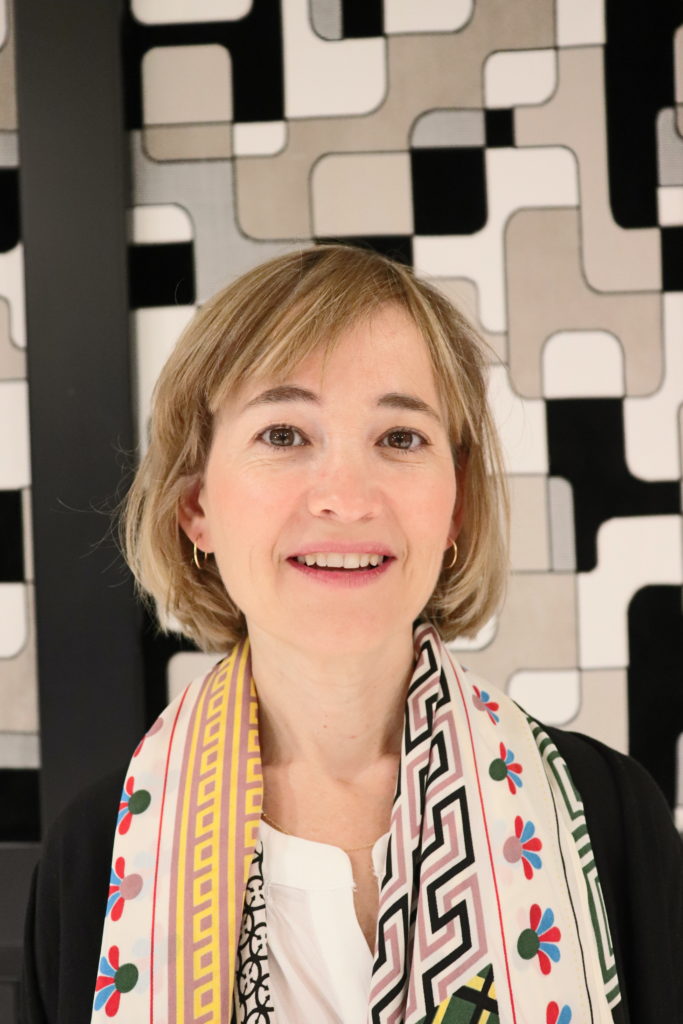
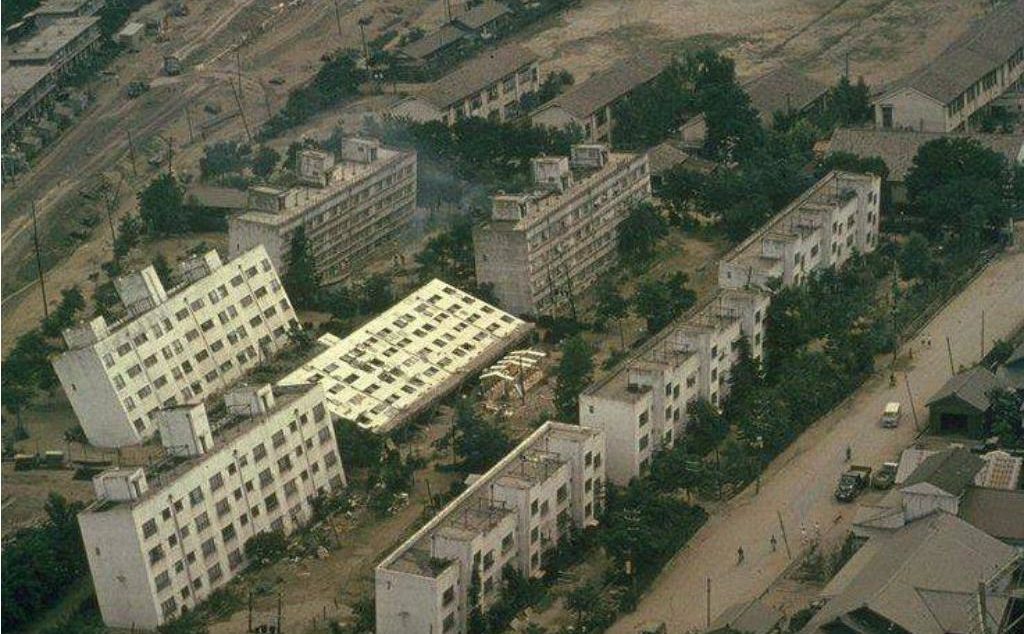
Since 2019 CTE Wind provides geotechnical engineering services to their clients. Over the last six months, Ana Bielza, Senior Engineer at CTE Wind Iberica has taken part in over 45 projects. We have asked her what she actually does and why her role is crucial for the foundation design of wind turbine generators (WTG).
Can you briefly explain to us what a specialist in geotechnical engineering like you does?
Ana Bielza: Geotechnicians apply scientific methods and engineering principles to predict the response of the ground to the foundation requirements. They then deliver this information to the civil engineers so they can design foundations accordingly.
What is the difference between common geotechnical engineering for bridges or building compared to the WTG-geotechnics?
Ana Bielza: There are not many differences. The ground has to be investigated with similar methods (drillings, geophysics, lab tests, etc.) and the same kind of parameters are needed. But the ground capacity is usually not what determines the foundation size, because most of the time the soil strength transmitted by a turbine foundation is not high. Besides, settlements in general are not important in this type of structures. But rotational stiffness can rather be the main ground parameter to manage and sometimes it can even set the foundation size.
CTE Wind offers his services worldwide
You worked on over 45 projects in six months, which is quite a lot. In which countries did you take a look at the ground?
Ana Bielza: Yes, there were many. It looks like our services are very appreciated by the customers (She smiles delighted). I worked for projects in Argentina, Australia, Belgium, Brazil, Chile, India, Indonesia, Israel, Lithuania, Mexico, Netherlands, Peru, Russia, Spain, Tanzania, Tonga, Turkey, and Ukraine. Of course, every country has its peculiarities. And I not only mean the different ground types you can find but also how the different investigations that are conducted and how the results are delivered.
Looking back on these last months, what were the challenges? Can you maybe share one or two projects with us?
Ana Bielza: Challenging projects are usually the ones located on recent soils in seismic areas and near to the shore (high water table). For example, we have done several basic designs for a huge project in India with 1000 wind turbines, located on a saline desertic zone most of the year. But during the monsoon season the landscape becomes a swamp, with water at ground level. It is a region with an extreme seismic risks, on a recent granular soil (potentially liquefiable) and very aggressive to the concrete. We had to analyze the ground with just four boreholes in an area for 1000 turbines!
Sounds like fun. As far as we know, there are no known cases of significant damage from liquefaction in wind farms. So, how did you solve this problem?
Ana Bielza: Well, with only four drillings for such a huge area, it was mandatory to be conservative, therefore, and according to the client, we worked with two possible scenarios. We hope they were representative for the situation in most of the future turbine positions. The civil engineer then follows our specifications and designs the foundations accordingly with piles.
Trust is an important key factor
Could you tell us about another project?
Ana Bielza: Another challenging project has been the one in a country in South America, a wind farm with over 40 turbines. This was a constructive design where we had also drafted the geotechnical study from a factual report given by the customer, with 45 boreholes, 80 trial pits and 46 geophysical tests as well as an important amount of laboratory tests. The ground was good, a consolidated gravely soil -a conglomerate-, but seemed to be prone to suffer some dissolution because it had salt in its matrix.
What does it mean exactly?
Ana Bielza: The matrix describes the different layers a soil can have. The salt in the matrix can be dissolved by heavy rain or ground water. But even if the ground suffers an hypothetical dissolution, the remaining gravely soil would show enough strength and rigidity to carry the WTG. Besides, there was no water at all in the area, it was in a desert area.
Good conditions. What was the problem then?
Ana Bielza: Yes, but the client was pressuring us to set down categorically that there was no risk of dissolution, and there was no possibility at all for buoyancy. The geotechnics of the project showed good conditions for our SOFT-SPOT® foundation, but the wind farm owner seemed to have unfounded fears and wanted us to affirm that there was zero risk in this area. But zero risk does not exist. It was tricky to explain why there are no risk but we had to write about an hypothetical dissolution. Luckily, we finally came to an understanding. (ctewind)
If you want to learn more about CTE Wind International you can read more articles about projects and news in OUR-PROJECTS & OUR-NEWS – sections.
For more Information about OUR-SERVICES please CONTACT US.
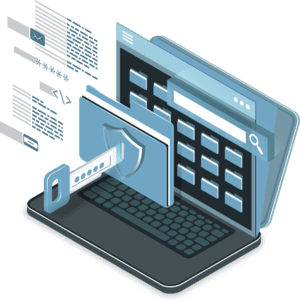
We use cookies on our website to give you the most relevant experience by remembering your preferences and repeat visits. By clicking “Accept”, you consent to the use of ALL the cookies. However you may visit Cookie Settings to provide a controlled consent.
| Cookie | Duration | Description |
|---|---|---|
| cookielawinfo-checbox-analytics | 11 months | This cookie is set by GDPR Cookie Consent plugin. The cookie is used to store the user consent for the cookies in the category "Analytics". |
| cookielawinfo-checbox-functional | 11 months | The cookie is set by GDPR cookie consent to record the user consent for the cookies in the category "Functional". |
| cookielawinfo-checbox-others | 11 months | This cookie is set by GDPR Cookie Consent plugin. The cookie is used to store the user consent for the cookies in the category "Other. |
| cookielawinfo-checkbox-necessary | 11 months | This cookie is set by GDPR Cookie Consent plugin. The cookies is used to store the user consent for the cookies in the category "Necessary". |
| cookielawinfo-checkbox-performance | 11 months | This cookie is set by GDPR Cookie Consent plugin. The cookie is used to store the user consent for the cookies in the category "Performance". |
| PHPSESSID | session | This cookie is native to PHP applications. The cookie is used to store and identify a users' unique session ID for the purpose of managing user session on the website. The cookie is a session cookies and is deleted when all the browser windows are closed. |
| viewed_cookie_policy | 11 months | The cookie is set by the GDPR Cookie Consent plugin and is used to store whether or not user has consented to the use of cookies. It does not store any personal data. |
| _GRECAPTCHA | 5 months 27 days | This cookie is set by Google. In addition to certain standard Google cookies, reCAPTCHA sets a necessary cookie (_GRECAPTCHA) when executed for the purpose of providing its risk analysis. |
| Cookie | Duration | Description |
|---|---|---|
| pll_language | 1 year | This cookie is set by Polylang plugin for WordPress powered websites. The cookie stores the language code of the last browsed page. |
| Cookie | Duration | Description |
|---|---|---|
| _gat | 1 minute | This cookies is installed by Google Universal Analytics to throttle the request rate to limit the colllection of data on high traffic sites. |
| Cookie | Duration | Description |
|---|---|---|
| _ga | 2 years | This cookie is installed by Google Analytics. The cookie is used to calculate visitor, session, campaign data and keep track of site usage for the site's analytics report. The cookies store information anonymously and assign a randomly generated number to identify unique visitors. |
| _gat_gtag_UA_151427895_1 | 1 minute | This cookie is set by Google Tag Manager and is used to throttle request rate and to store and track conversions. |
| _gid | 1 day | This cookie is installed by Google Analytics. The cookie is used to store information of how visitors use a website and helps in creating an analytics report of how the website is doing. The data collected including the number visitors, the source where they have come from, and the pages visted in an anonymous form. |








